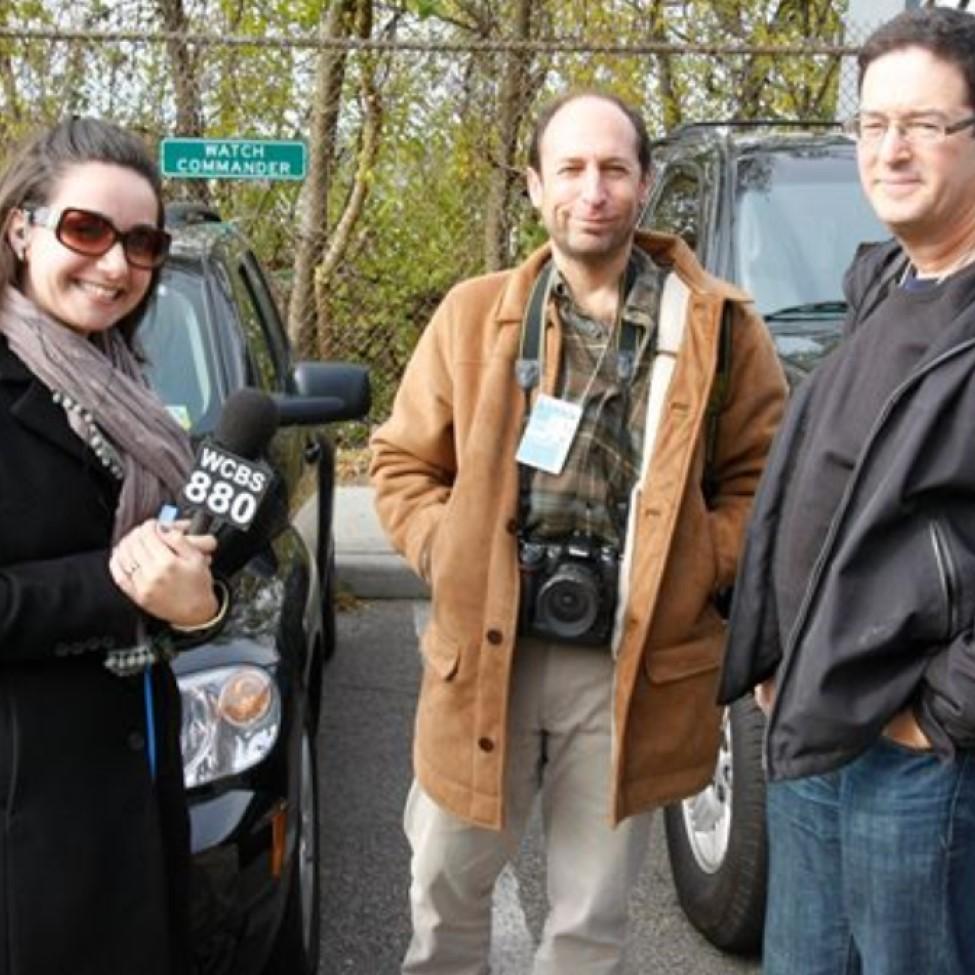
What Parents Should Know Before Sharing Back-To-School Photos Online
Seidenberg Professor Darren Hayes provides cybersecurity advice to Good Morning America about what parents should consider before posting back-to-school photos online.
Nearly 50 Colleges Across New York Best In America
The Hudson Valley Post reports that Pace University is among the nearly 50 colleges in New York, and among only 15 percent of U.S. Colleges that made the national list, highlighted in the Princeton Review 2025 "Best College" rankings.
Fans Suspect Taylor Swift Just Subtly Addressed Donald Trump's AI Image Scandal in New Statement
Elisabeth Haub School of Law Professor Leslie Garfield Tenzer speaks with Forbes where she discussed how Taylor Swift could sue Trump for using her likeness. The story gets picked up by Parade, an e-magazine and website that partners with more than 700 newspapers across the country and boasts more than 30 million visitors.
Enhanced Regulatory Oversight in ESG Investing
The Regulatory Review reports scholars, Law Professors Jason J. Czarnezki and Joshua Ulan Galperin, and Brianna M. Grimes ’24, recently debated the market impacts of ESG regulations.
Ashanti Will Headline Benefit Concert For Abuse Victims
Patch features the Pace Women’s Justice Center, which announced that its 2024 "Raising the Bar" benefit concert on Thursday, October 24, 2024 at 8:00 p.m. will feature a special performance by Grammy award-winning artist, songwriter, actor, author, and advocate, Ashanti. The event is dedicated to raising awareness and support for victims and survivors of domestic violence, sexual assault, and elder abuse.
Faculty Focus: Professor Todd Ommen
Faculty Focus: Professor Todd Ommen
Professor of Designated Services, Elisabeth Haub School of Law at Pace University; Managing Attorney, Pace Environmental Litigation Clinic, Inc.; Executive Director, John Jay Legal Services, Inc.
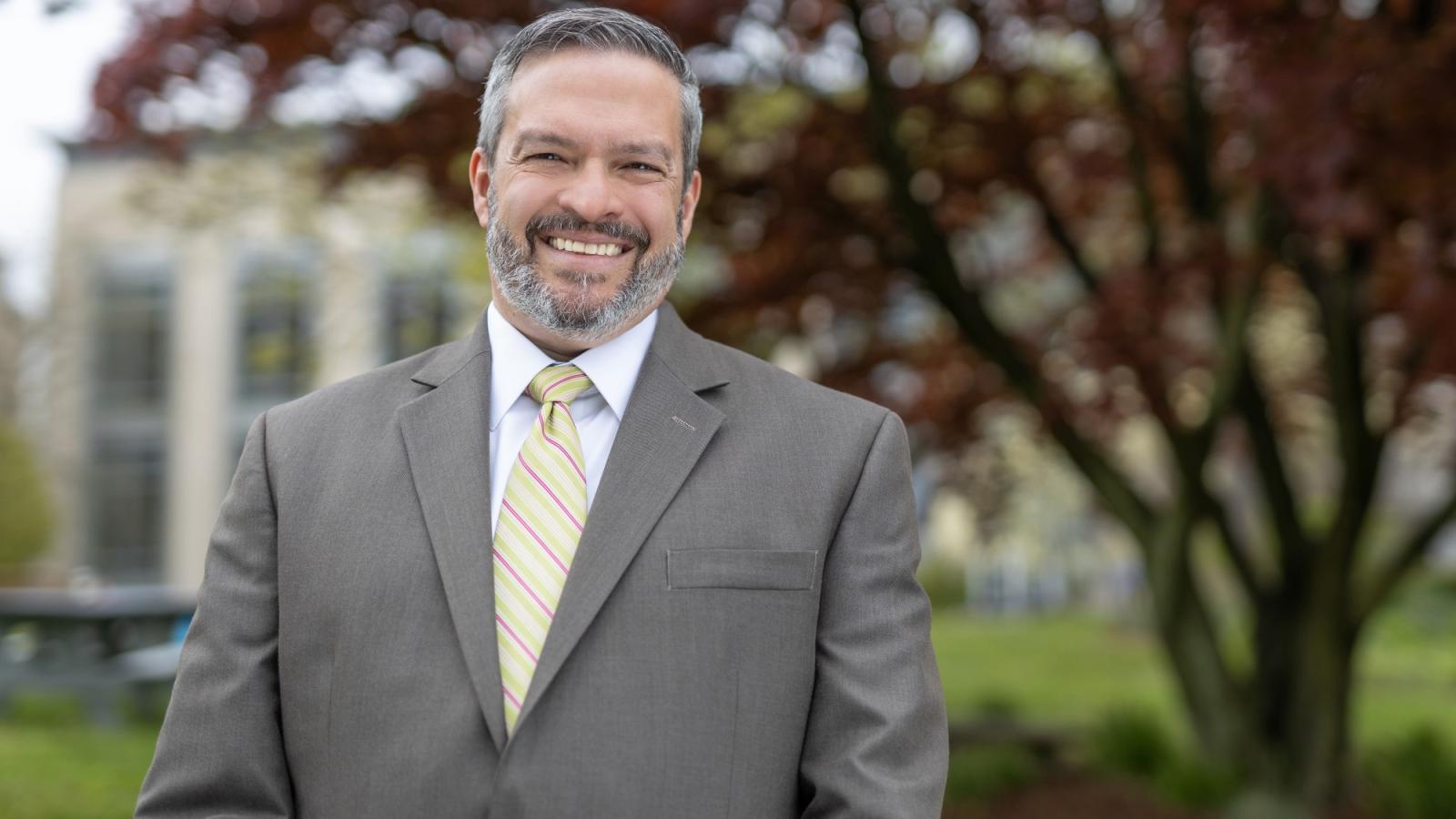
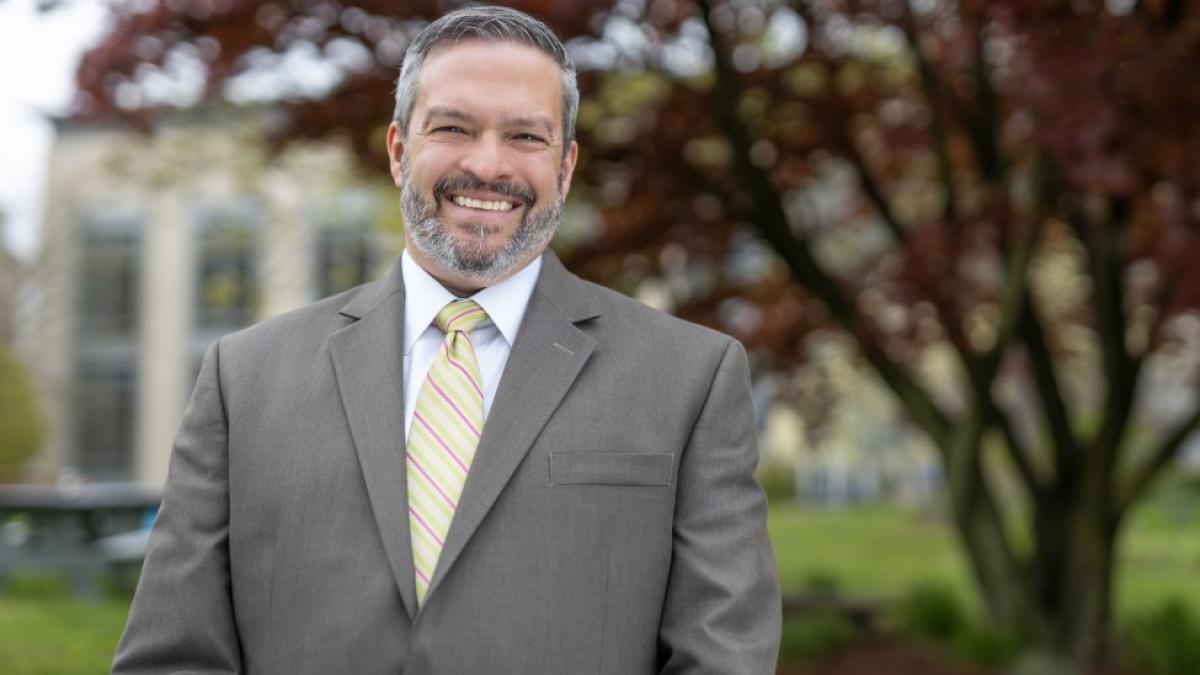
Professor of Designated Services, Elisabeth Haub School of Law at Pace University; Managing Attorney, Pace Environmental Litigation Clinic, Inc.; Executive Director, John Jay Legal Services, Inc.
Let’s jump right in, what drew you to the practice of law?
As cliché as this may be, from childhood I was always very interested in logic and debate. My parents encouraged that – often letting me debate all aspects of my life from a very young age. Perhaps for that reason, I became a philosophy major and ultimately ended up at law school. Litigation was a natural and perfect fit for my reasoning and advocacy skills developed in my youth.
You practiced law for nearly 17 years before switching gears to academia – what was practicing like and how did you transition to academia?
I started off in general commercial litigation at a big NYC firm. Although I was never quite the hours-grinder that other associates were, it was still a lot of dedication of my time. When my wife and I were expecting our first child (about 7 years after I started at the firm), I made a decision based on two things: 1) I wanted to have more time at home with my family and 2) I wanted a career in something I could explain to a 3-year old. That brought me to environmental law at the Attorney General’s office. My father was a college professor his whole life, so my drive to teach was always there, but became even stronger after hosting some town halls and really enjoying the instructional presentation format that provided. When an opportunity at Haub Law came up, it was an absolute perfect fit for me – litigate environmental cases on the “clean” side and also teach. I couldn’t say no.
Why environmental law in particular?
Very simply, it is one of the best ways to create a positive and lasting change in the world. I hope to always be working toward improving the human condition for the better.
You have been managing attorney of the Pace Environmental Litigation Clinic since 2016 – what has that experience been like?
The clinic represents not-for-profit environmental groups when they sue. Those suits can be against polluters (generally citizen suits under federal environmental statutes), state actors (generally municipalities for failure to conduct sufficient environmental review), or agencies (DEC or EPA when they fail to do something required by law). The students lead the cases, but I oversee, edit, and review everything that gets filed or sent to the clients or opposing counsel. We’ve done some very interesting and significant cases, and I’ve really enjoyed it.
More recently, you were appointed Executive Director of John Jay Legal Services (JJLS) – what vision do you have for JJLS?
In this administrative role, I oversee all the applications and placements in the clinic, along with deciding awards for clinical work and making decisions about how the office is run and structured. Our clinics do a great job at serving underserved communities, I would like to see this expanded even further. There is no shortage of a need for pro-bono representation in all areas of law, especially environmental, immigration and criminal work. Each clinic and externship director has been great about looking at ways to expand the reach and impact of our clinical offerings. I hope to help contribute to that.
What is the most rewarding part of your work at Haub Law?
When a former student reaches out to say, “I’m working now, and I put the skills you taught me to work every day.” The concept that all the work we are doing leads to better lawyers in practice is very rewarding.
What advice do you have for law students once they graduate?
Take the opportunities you are given. It’s hard to go to work directly in your dream job from law school. Learning to be a great lawyer can take several stages – just like my career did. From general litigation, to working for the state, to working for a plaintiff-side environmental firm, to this. I learned something at each step, so I would say open your eyes to all opportunities. If you wait long enough, everything always seems to work out for the best. At least it does if you are putting positive things out into the world. So, focus on that, and the rest will follow.
Are you working on any research projects or upcoming publications?
I have been toying with the idea of writing an Environmental Skills textbook. There isn’t much out there that is truly current. I plan to explore that.
Aside from law, how do you spend your spare time?
I enjoy hiking, snowboarding, chess, and (when I can) listening to live music. But the real answer is: driving my kids around to sports and other activities.
Catherine Cioffi ’12: Pursuing Unexpected Opportunities On and Off the Air
From the moment she could speak, Catherine Cioffi ’12 knew that she wanted to be a journalist. “I always loved to write and engage with people. At my core I was, and still am, a storyteller,” said Catherine. While at Fordham University, Catherine majored in Communications and Journalism and minored in Political Science.
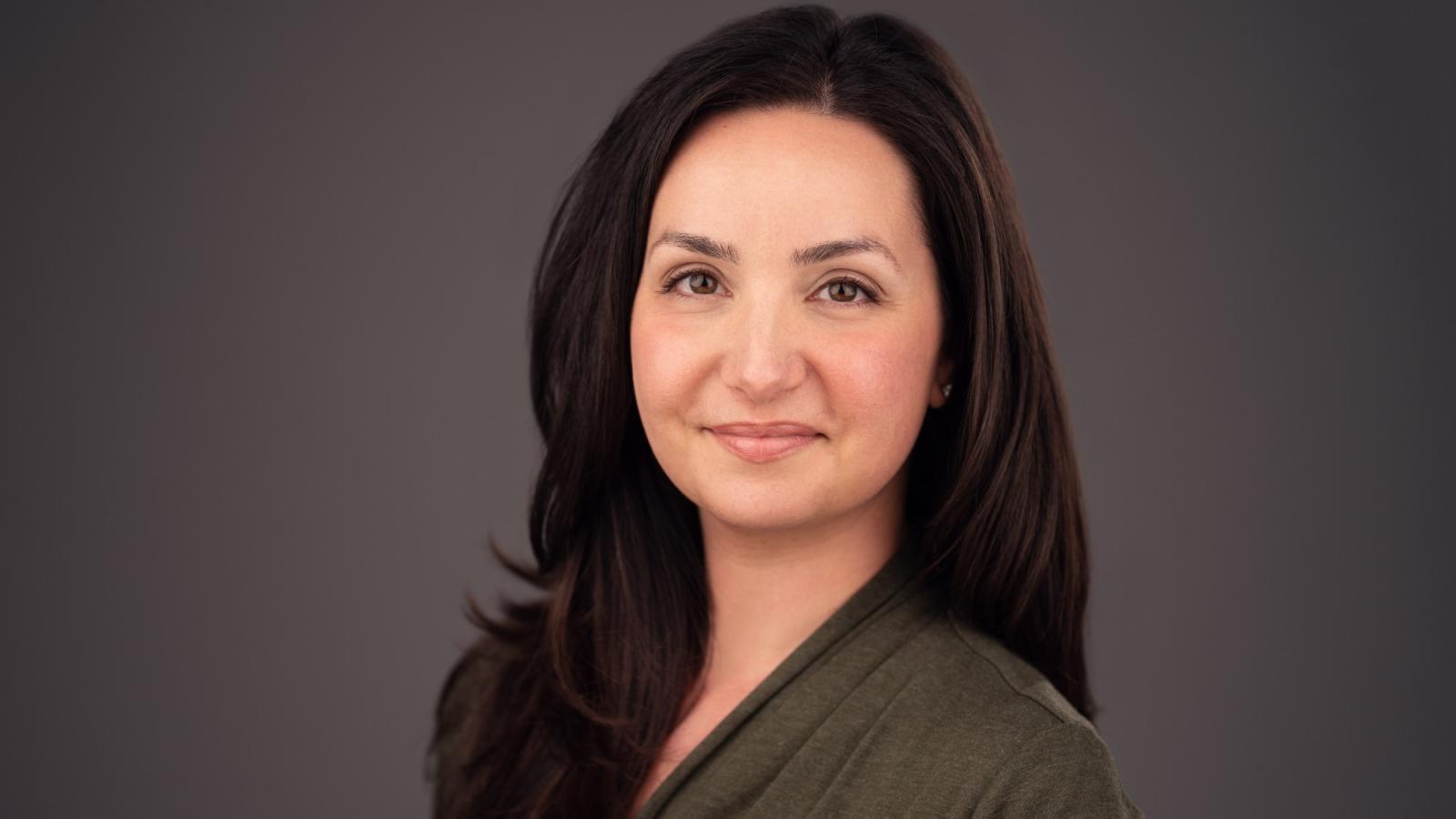
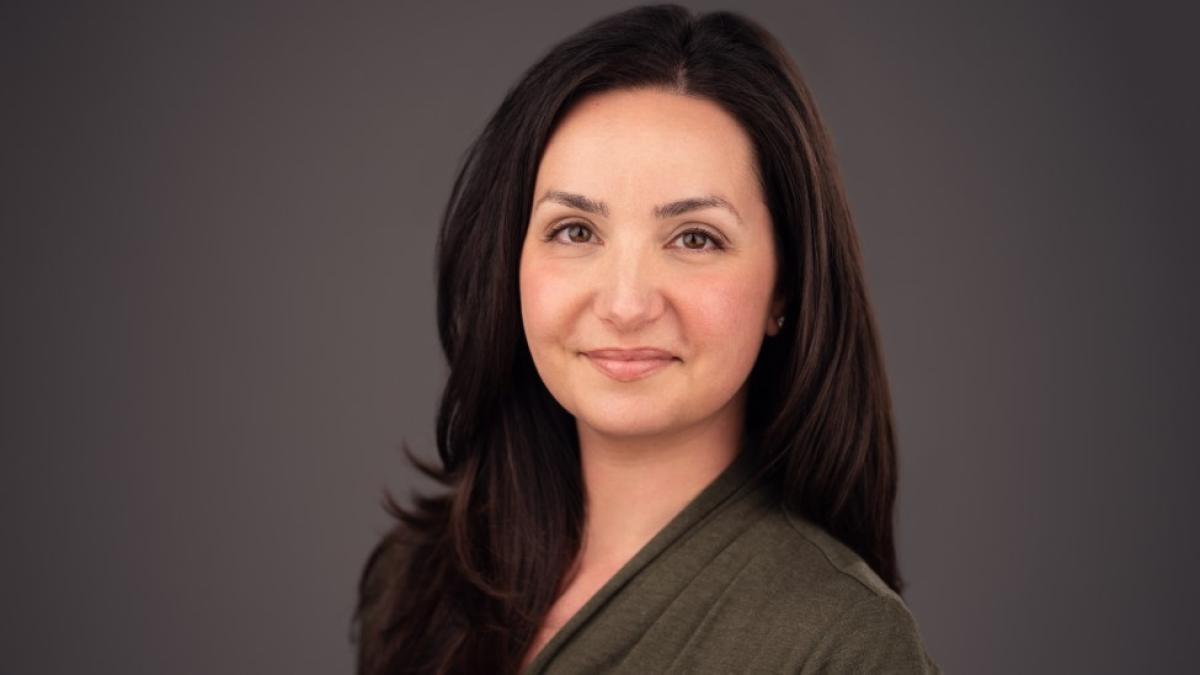
From the moment she could speak, Catherine Cioffi ’12 knew that she wanted to be a journalist. “I always loved to write and engage with people. At my core I was, and still am, a storyteller,” said Catherine. While at Fordham University, Catherine majored in Communications and Journalism and minored in Political Science. “I was interested in government, but at that point, law school was not at all on my radar.” When she was an undergraduate student at Fordham, she worked at WFUV 90.7 FM as an on air reporter and that eventually expanded to other stations in the New York market. “I always assumed I would be a print journalist, but I was captivated by the intimacy and immediacy of radio and never looked back,” she said.

After graduating from Fordham, Catherine’s career in the broadcast industry took off. “I moved to Rhode Island to be a broadcast reporter and was there for about nine months. I decided at that point that I wanted to go back to New York and look for a job. Soon after, I got a job at WCBS 880 as a reporter. I was only 23 and it was rare at the time to be so young and on a commercial station in New York.” Thrilled with the ability to be in her home city again and pursuing her passion, Catherine remained at WCBS 880 for nearly a decade covering some of the biggest stories of our time. “It was an incredible experience. Being a reporter in the field, you see society at every level and you’re so close to the grit you can smell it. It was an education in humanity and also in myself, it forces you to take a deep look inside.”
In 2008, when the economy was taking a turn, Catherine became concerned about her job security. “Many stations were laying off people and I was worried. I decided I needed to create a safety net for myself professionally and decided to go to law school. For years I had covered the courts and was fascinated by the legal process and system. I felt that obtaining a law degree would be an opportunity to, at any point in my life, reinvent myself.” Catherine applied to just one law school, what was then known as Pace Law. “I was familiar with the programs; I knew many people who went there and the school had an incredibly positive reputation. I was sold on the night program also because I did not want to quit my day job. By attending the night program, I could continue working at 880, which I did.”
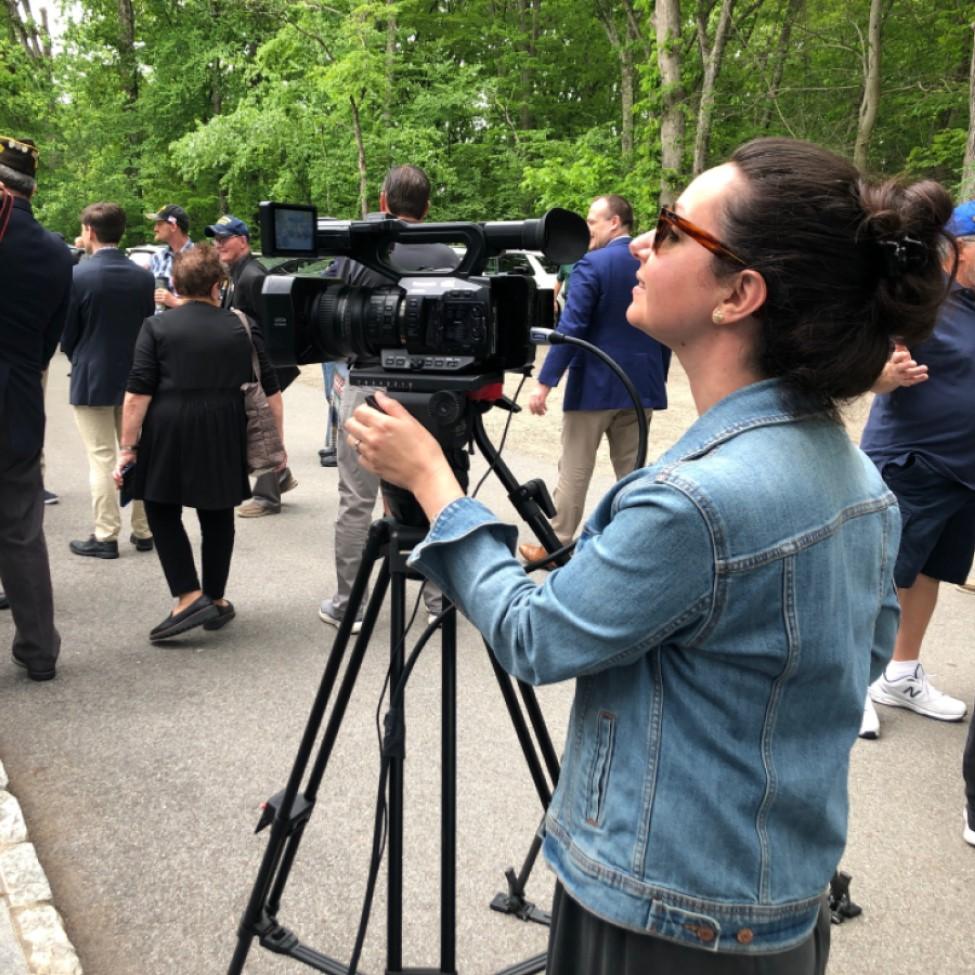
For Catherine, attending law school at night and working during the day became her new normal. “Law school was an adjustment. At that point I had been out of the classroom for a significant amount of time, and I was a bit set in my ways when it came to my writing style. Legal writing is very different, and I initially had a hard time accepting it. But, once I did make this adjustment everything fell into place.”
In addition to working through her time at Pace, Catherine also had twins while she was completing her law degree. “I gained so much during my time at Pace. The classes were challenging, and the professors were supportive. Professor Leslie Garfield Tenzer was amazing, she is extremely knowledgeable and willing to share it all with her students and help in any way. It was inspiring for me as a woman to see her and how successful she was. She had a career, and she was a mother, it was exactly what I needed to see at that point in my life.”
Catherine remained at 880 throughout her four years at Pace. Shortly after graduating, she also had her third child. After graduating from Pace, Catherine decided to shift her career path, serving as Director of Community, Government, and Public Relations at Mercy College for nearly five years. Then, in 2018, she was appointed by Westchester County Executive George Latimer to serve as his Communications Director and Senior Advisor.
“My law degree absolutely improved my critical thinking and the way I analyze situations and problems. Law school gives you an innate ability to take complex information and digest it and clearly identify the problems, the issue, and the solution. And, while I am still the storyteller I always was, legal writing has given me a different and useful way to communicate. I use all these skills every day in my career.”
In her current role, Catherine oversees all communications for Westchester County and the County Executive. She leads a team of professionals and together they handle media relations, crisis communications, social media, video productions, special events, internal communications, strategic planning and more. “To a large degree, my job follows the cycle of news. It is a very fast paced environment where things are constantly changing. It is both my favorite part of my job and the most challenging – you just don’t know what the day is going to bring. “
It was during the COVID pandemic that Catherine found herself using her law degree even more. “There was so much information that had to be shared, and we had to figure out the best ways to share it with the community. We had to be very careful not to violate privacy laws and think two steps ahead. There were a lot of moving pieces. I did emergency and crisis communications for many years prior to COVID, we had protocols, assigned roles, and procedures – which all helped. However, in all our practice, everybody is together in one room and all of a sudden that was not possible. It took a lot of creative thinking and analysis, and we not only got the job done but we also significantly raised the bar on crisis communication and communications in general.”
With a law degree opportunities can present themselves that you would never expect, and when those opportunities come you will be ready for them.
Looking back on her educational and career path, Catherine feels that law school added immensely to her professional toolkit. “I would encourage anyone who was thinking about pursuing a law degree to take the leap. When you are in law school soak up anything and everything that you can. Say yes to it all, participate in moot court, take the writing workshop, get to know your professors, and network. With a law degree opportunities can present themselves that you would never expect, and when those opportunities come you will be ready for them.”
Aside from her busy professional life, Catherine is an avid reader, “I recently started an events based book club to bridge my passions: reading, networking, and empowering women to be the best versions of themselves. I think back on deciding to go to law school and to meeting Professor Tenzer and I think of all these connections and opportunities that made me who I am – I want to pay that forward every chance I get.” Catherine, alongside her husband Robert, who is also a graduate of Pace University, resides in Westchester County with their trio of pre-teen sons: Edward, Nathaniel, and Quentin. Their household is further enriched by the presence of Mozzarella, their beloved rescue dog.
Film and Screen Studies Professor Authors Article on the Phenomenon of Chappell Roan
- Read more about Film and Screen Studies Professor Authors Article on the Phenomenon of Chappell Roan
Professor of Film and Screen Studies Catherine Zimmer, PhD, authored an article in Avidly (a channel of the LA Review of Books) titled “A Feminomenology of Chappell Roan,” in which she discussed the “phenomenon” of the singer-songwriter, which includes, among other things, “an earnest and passionate longing for the analog,” something Zimmer feels the artist herself embodies.

Professor of Film and Screen Studies Catherine Zimmer, PhD, authored an article in Avidly (a channel of the LA Review of Books) titled “A Feminomenology of Chappell Roan,” in which she discussed the “phenomenon” of the singer-songwriter, which includes, among other things, “an earnest and passionate longing for the analog,” something Zimmer feels the artist herself embodies.
In Zimmer’s view, Roan’s work is not necessarily about acoustic instrumentation, and it goes beyond nostalgia. It is “inhabitable” and “relational.”
She said, “Analog, in this instance, signals a certain type of materiality and presence. But the self-evidence of the analog includes constant reference to itself within history, within culture, within what phenomenology—a field of philosophy most simply defined by the notion that existence is always situated and relational—would call a ‘lifeworld.’
The 'phenomenon' of Chappell Roan is one that should be recognized as such because she embodies her own talent so well at the same time that it is clear that she is a canvas for performative transformation, cultural interaction, and productive, communal spectatorship.”
Faculty Focus: Professor Jessica Miles
Growing up in Vermont, Professor Jessica Miles’s family struggled financially. “From a young age, I was always very concerned with issues related to poverty and income inequality. It spurred my interest in government and politics. By the time I was a teenager, I was actively working on political campaigns.”
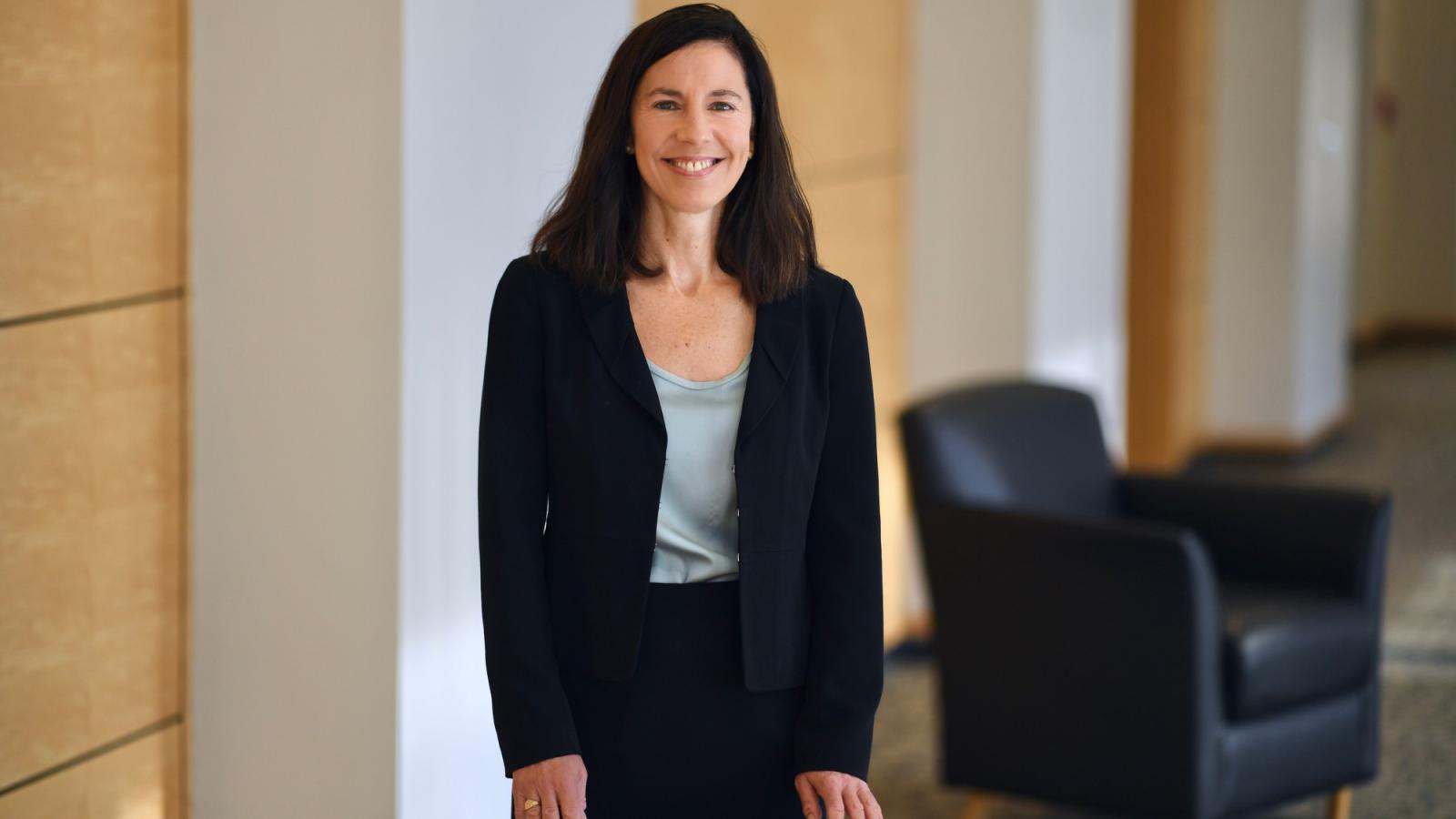
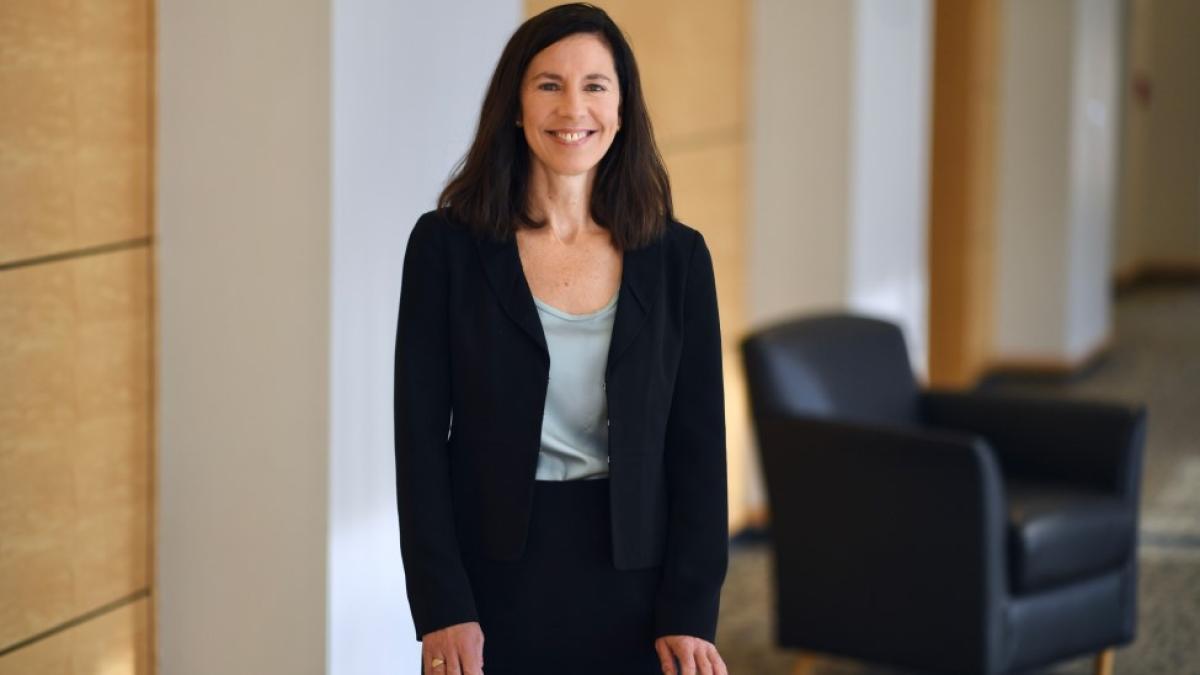
Growing up in Vermont, Professor Jessica Miles’s family struggled financially. “From a young age, I was always very concerned with issues related to poverty and income inequality. It spurred my interest in government and politics. By the time I was a teenager, I was actively working on political campaigns.”
Although she had no lawyers in her family, Professor Miles had an image in her head of a public defender who helps people and that sparked her interest in pursuing a career as a lawyer. “During law school, I participated in a variety of internships. I found my passion was in working with domestic violence survivors and that is the work I sought out after law school. It is such an interesting area of law to me, it touches so many other fields in the law including family law, criminal law, and first amendment issues just to name a few.”
As a young lawyer, Professor Miles supplemented her income from her full-time job as a public interest lawyer by teaching for a standardized test preparation company at night. “I loved teaching. From that point on, it was in the back of my mind that ultimately, one day, maybe I could see myself in academia.” For twelve years, she worked with various nonprofit organizations, representing and empowering survivors of domestic violence, but as anyone who works in that field will tell you – it can be very difficult. “Eventually, I hit a bit of a wall emotionally. The work was very rewarding, helping survivors and their children to escape abuse, but it was also very emotionally draining. I wanted to continue to work on behalf of domestic violence survivors, but I also wanted to serve others with my law degree in a different way, so I started looking into the possibility of clinical teaching. As a clinical professor, I knew that I would still be able to do casework but would also be teaching the next generation of advocates.” Professor Miles subsequently accepted a position at Seton Hall Law School, where she worked with their family law clinic.
Then, in 2023, Professor Miles joined the Elisabeth Haub School of Law at Pace University as an Associate Professor of Law. “I was drawn to Haub Law, in part, because of the stellar reputation of the Pace Women’s Justice Center.” In addition to teaching a class on domestic violence law, Professor Miles is currently teaching torts, family law, and evidence. While domestic violence law is her passion, Professor Miles truly enjoys all of the classes she teaches and is happy to have added evidence to that list in the last few years. “No matter what you do in the law you will use the rules of evidence. Understanding the rules of evidence can be a game changer. If you know those rules better than your adversary, it can provide a significant advantage for your clients. I love empowering students to be the best advocates they can in this way.”
Professor Miles’s research work is focused on domestic violence. “For me, since one of the leading causes of poverty for women and children is domestic violence, I am hopeful that I am contributing to social justice in multiple ways when I am working to help survivors of domestic violence – previously through my practice and now through my research and teaching. To advocate for people, however I am doing it, it is very innate to me, and I find it to be very fulfilling work.” Recently, Professor Miles submitted a research article for publication focused on domestic violence and the emotion of disgust as it relates to judges. “The article addresses the role that the emotion of disgust plays in how judges react to domestic violence, and the impact that can have on civil protection order case outcomes.”
In teaching, Professor Miles has learned so much from her students. “Whether it’s Section 2 for torts or my Family Law or Domestic Violence Law students, we continually learn together. However, in order to do that, we all have to be willing to own our points of confusion and mistakes. People refer to “the practice of law” because it is just that – practice – and teaching and learning the law are practices as well. My students have great ideas and questions that I never thought of. We are all stronger and better able to learn once we feel comfortable being fallible and growing together.”
As far as advice for students, Professor Miles suggests that students participate in as many internships, externships, and clinical experiences as possible. “Any non-classroom preparation for legal practice that you are able to get during law school is something additional you can bring to the table in job interviews and it will be value added in your work as a lawyer.” She also noted the importance of taking care of your mental health and her appreciation of Haub Law’s emphasis on wellness initiatives. “As law students and as lawyers, you are often under significant stress, a priority needs to be put on taking care of yourself. Treat yourself as if you were your own most important client. This will allow you to help yourself and help others to the best of your ability.”
Elisabeth Haub School of Law at Pace University Partners with Yale University’s School of the Environment to Provide Several Joint Degree Options
The Elisabeth Haub School of Law at Pace University and Yale University’s School of the Environment have enhanced their already existing partnership to offer students several new joint degree options.
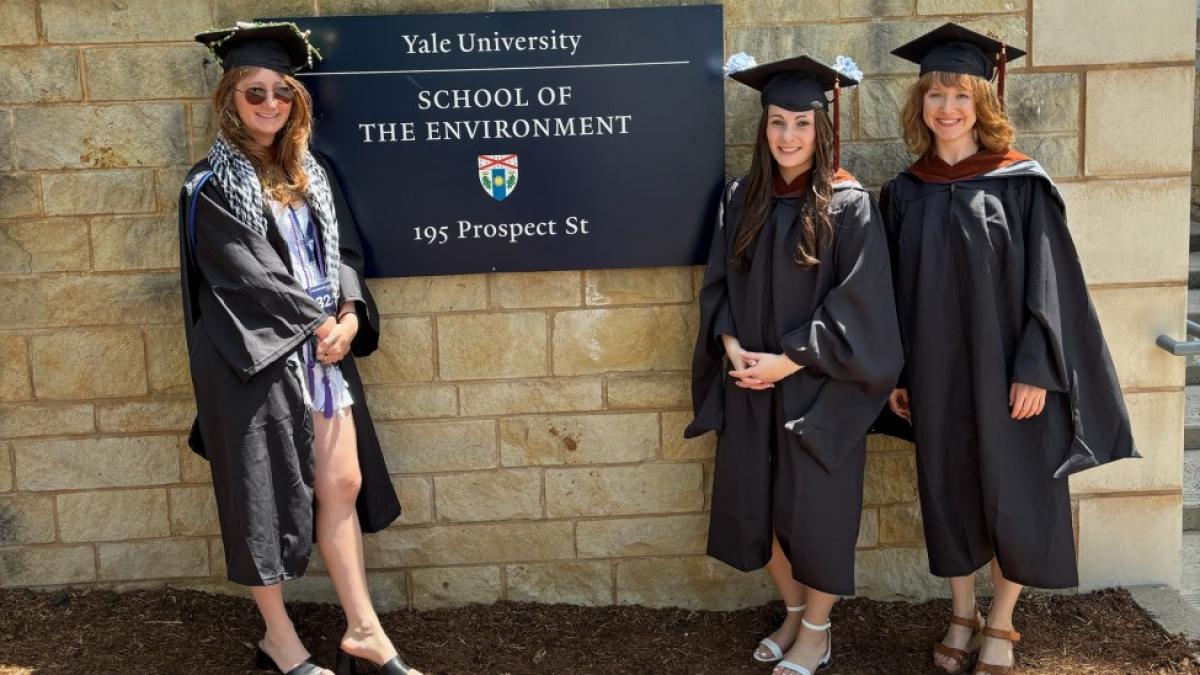
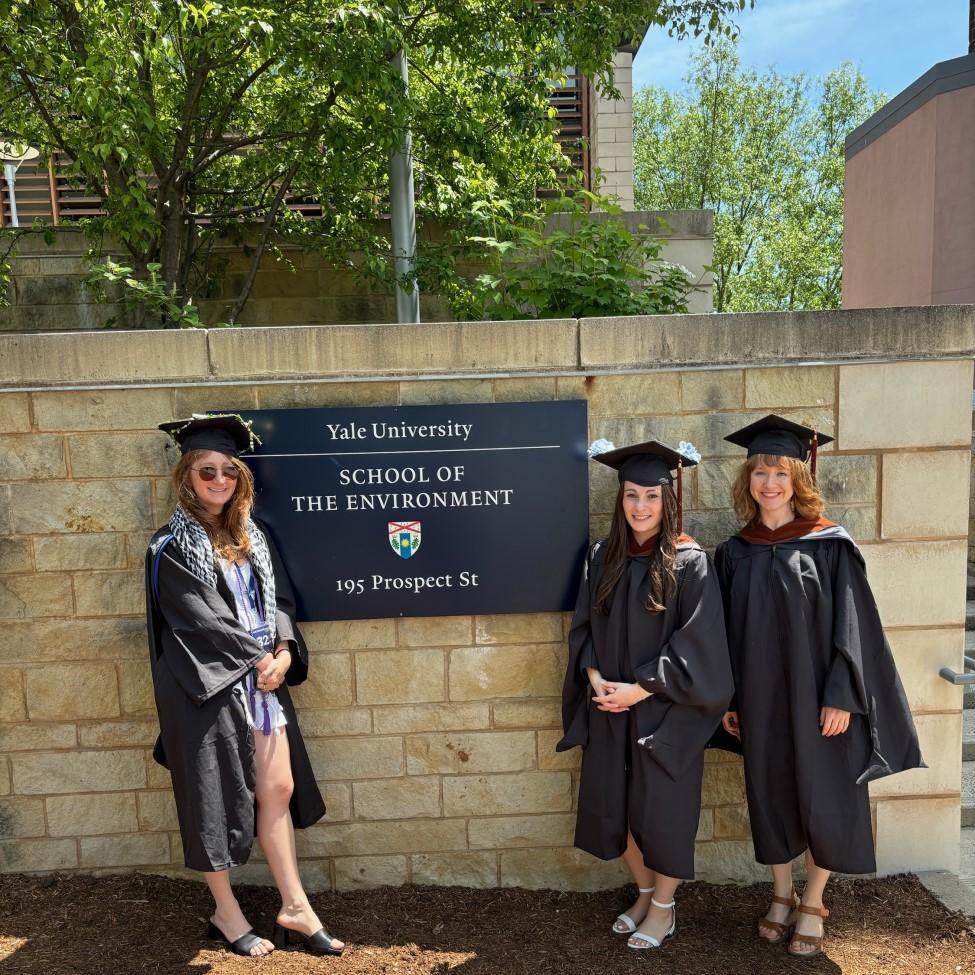
The Elisabeth Haub School of Law at Pace University and Yale University’s School of the Environment have enhanced their already existing partnership to offer students several new joint degree options. Since 2001, Haub Law students have had the option to pursue a joint degree with Yale University, with a JD degree from Haub Law and a Master of Environmental Management from Yale’s School of the Environment. Recently, three new joint degree options were added to the Haub Law/Yale partnership, including a JD/Master of Environmental Science (MESc), JD/Master of Forestry (MF), and a JD/Master of Forest Science (MFS).
“As the number one ranked environmental law program, Haub Law is proud to foster expansive opportunities for its students to collaborate with other academic institutions, scholars, and students,” said Gilbert and Sarah Kerlin Distinguished Professor of Environmental Law and Associate Dean of Environmental Law Programs and Strategic Initiatives, Jason Czarnezki. “Providing a top-notch environmental legal education involves collaboration. We are proud to expand our long existing partnership with Yale with the addition of these new degree options, which our participating students will benefit tremendously from.”
Indy Burke, Dean of the Yale School of the Environment, added, “To meet the unprecedented challenge of the climate crisis, we need leaders in every sector of our economy who have an understanding of environmental science and policy. The joint-degree program with the Elisabeth Haub School of Law at Pace University prepares students to navigate complex legal and environmental issues and be strong advocates for a sustainable future.”
"The joint-degree program with the Elisabeth Haub School of Law at Pace University prepares students to navigate complex legal and environmental issues and be strong advocates for a sustainable future.” - Indy Burke, Dean of the Yale School of the Environment
“The aim of the joint degree program is to broaden the skill set and the imagination that a law degree brings,” said the program’s director, Haub Law Professor Josh Galperin. “The joint degree program allows students to expand their vision as they go into the field of environmental law. Students learn to work in teams, to collaborate, and to think about problems beyond their legal dimensions, in a way that reflects the real-world practice of environmental law.” Professor Galperin has been involved with the program for almost two decades, first as a student in the program, then as a lecturer at Yale Law School and Yale’s School of the Environment, and now as the program director at Haub Law.
In recent years, Haub Law’s joint degree offering with Yale has seen record numbers of applicants and participants with nearly 20 Haub Law students being admitted to the program over the last three years alone. Haub Law 2L, Lauren Lynam, who is pursuing a JD/MEM, said it will help her bridge the current gap between business and environmental law. “I have a multidisciplinary background in environmental science, economics, technology, and law,” said Lynam. “I possess the capability to influence business decision-making with respect to the environment, but I have yet to apply my various areas of expertise in harmony. Earning a Master’s in Environmental Management, from the Yale School of the Environment, will shift my multidisciplinary skills, to an interdisciplinary method in approaching intersected business and environmental issues.”
Haub Law alumni who participated in the joint degree program also note the immense benefits of the unique opportunity. Haub Law alumnus Sean Dixon JD ’09, MEM ’09, LLM ’10, is currently Soundkeeper and Executive Director of the Puget Soundkeeper Alliance in Seattle. He said that the joint degree program was instrumental for him in developing the skills he needs in his work protecting the waters in Washington state. “My joint degree afforded me the opportunity to engage with and learn from my fellow students and two sets of world-class faculties; our classes and conversations, taken together through this unique program, built a balanced baseline for my career and helped lock in my commitment to public interest, advocacy, law, and sustainability.”
The Elisabeth Haub School of law has a historical and deep-rooted commitment to fostering collaboration with other academic institutions. In addition to the joint degree opportunities with Yale, the Elisabeth Haub School of Law also offers joint degree opportunities with other university partners, such as Bard College, John Jay College, New Jersey Institute of Technology, the University of Peace, and more. There is also numerous dual degree opportunities offered by Pace University, allowing students to complete two degrees at Pace often in less time than needed to complete them separately. These dual degree opportunities include JD/LLM (Haub Law), JD/MBA (Haub Law/Pace University Lubin School of Business), JD/MPA (Haub Law/Pace University Dyson College of Arts and Sciences, Department of Public Administration), JD/BA or JD/BS (Haub Law/Pace University Dyson College of Arts and Sciences), and BBA/JD (Haub Law/Pace University Lubin School of Business). Haub Law also has entered into over a dozen of academic partnerships with leading international universities, providing opportunities for global research, education, cultural immersion, and more. Learn more about Haub Law’s dual and joint degree and international opportunities.